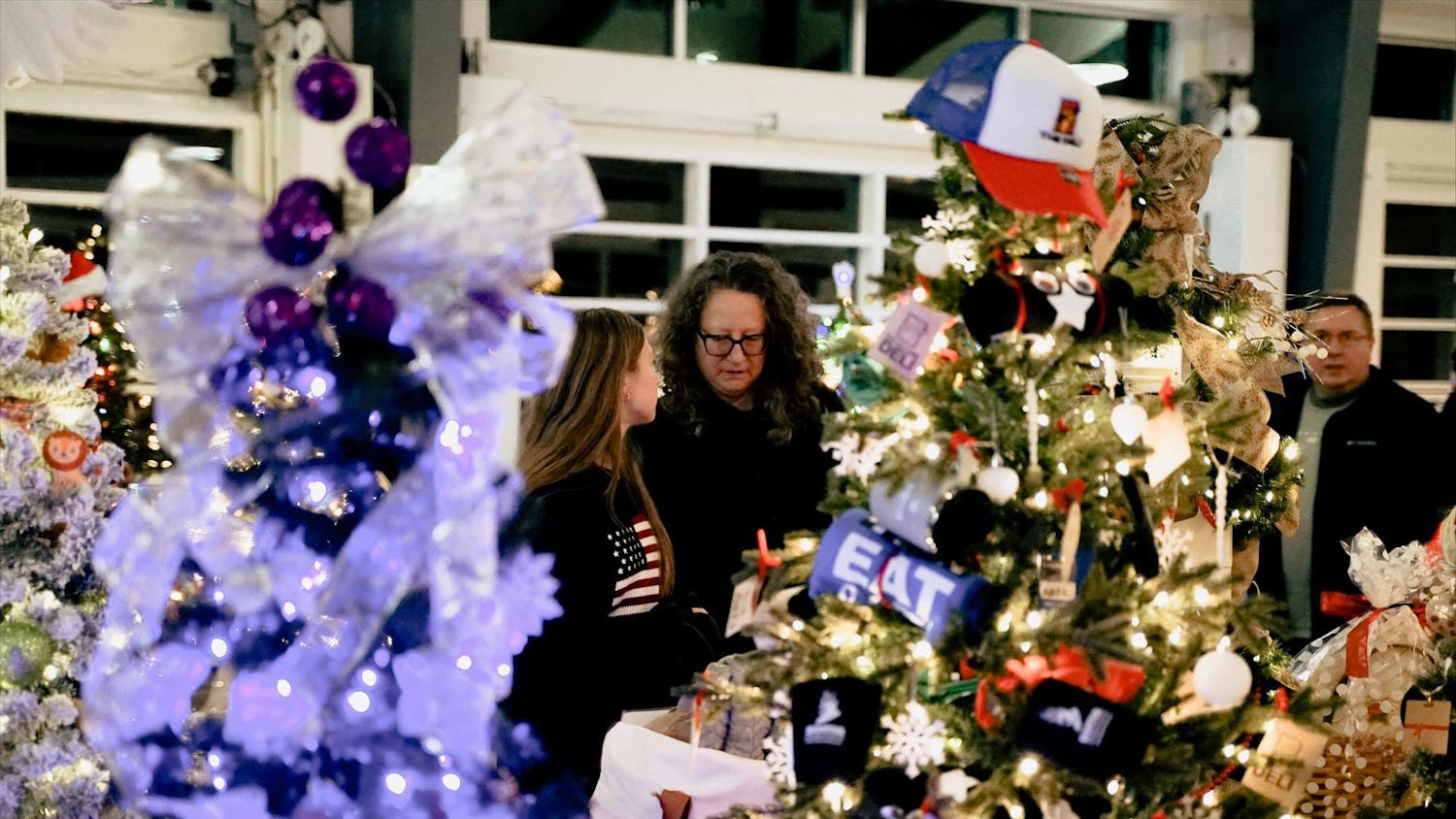CHICAGO -- For a guy born 150 years ago, architect Louis Sullivan has been in the news a lot lately. Unfortunately, not much of it has been good news for buildings designed by the man considered one of America's most influential architects.\nHis Pilgrim Baptist Church on Chicago's South Side was devastated by fire in January. His personal vacation bungalow on the Gulf Coast of Mississippi was destroyed by Hurricane Katrina last year.\nAnd Carson Pirie Scott announced last month that it is leaving Sullivan's landmark State Street building, which has housed a department store since it was built more than 100 years ago.\nWell, at least fans of Sullivan, who was born Sept. 3, 1856, in Boston, have a birthday to celebrate. And how many architects get a six-week birthday celebration like the one that is kicking off this weekend in Chicago?\nThe architect who declared "form ever follows function," whose students included Frank Lloyd Wright, will be the subject of lectures, tours, film screenings, classes and symposiums -- all serving as a reminder of the man known for his mastery of designing tall office buildings.\n"It's a wonderful opportunity to really look at Sullivan and his partner Dankmar Adler and their incredible career. Really get the opportunity to rediscover their architecture and look at what great strides were made in the late 19th and early 20th century by their firm and then Sullivan on his own -- marvelous buildings, many of which still stand throughout the Midwest," said Ward Miller, director of the Richard Nickel Committee, one of the groups participating in the celebration.\nSullivan, who spent the bulk of his career in Chicago, played a vital role in making the city a hub for innovative American architecture in the late 19th century. He moved to Chicago while he was still a teenager, drawn by the demand for architects that followed the Great Chicago Fire.\nHe left for a year to study in Paris and travel through Europe. He returned to Chicago and in 1880 joined Adler's firm, being named a full partner three years later.\nAdler solved the engineering quandaries. Sullivan focused on the design -- embracing natural and organic forms for his ornamentation.\nTheir collaboration produced approximately 180 works -- including the Auditorium Building in Chicago (renowned for the acoustics in its theater and once the city's tallest building) and the Chicago Stock Exchange.\nWith its open floor plan and rejection of typical Victorian architecture, the firm's James Charnley House on Chicago's North Side (now called the Charnley-Persky House) is considered a pivotal work of modern architecture.\nIt was designed by Sullivan along with his protege Wright, who later called Sullivan the "lieber-meister" ("beloved master").\nSullivan and Adler had a falling out in 1895, two years after Wright was fired for taking side jobs.\nSullivan's last great commission was received in 1899 for the Schlesinger and Meyer Department Store -- now home, at least until March, to Carson Pirie Scott. (The building is a National Historic Landmark, although some preservationists worry about how future tenants might want to alter the building's interior or entrances for their own use.)
\nAs Sullivan's commissions dwindled, the architect insisted on forging a new type of American architecture at a time when Neo-Classical styles were in vogue -- Sullivan's works became more modest.\nHis lasting contribution in the later years of his life was a series of small Midwestern banks -- often called his "Jewel Boxes."\nHe died impoverished in a Chicago hotel room in 1924. Wright and Sullivan had reconciled about 10 years earlier, and Wright wrote an obituary for Sullivan in Architectural Record magazine.\nIronically, Sullivan's works -- once on the cutting edge of architecture -- ended up playing a vital role in preservation efforts.\nThe destruction in the early 1960s and 1970s of his Garrick Theater Building and especially the Chicago Stock Exchange provided fuel for groups dedicated to preserving such landmark structures.\nMiller's organization -- the Richard Nickel Committee -- is named for the man whose mission became trying to save Sullivan's works from demolition, and salvaging and photographing as much as he could when he lost the fight.\nRichard Nickel disappeared in April 1972. A month later, his body was found in the rubble of the Chicago Stock Exchange; it's believed he was crushed when the trading floor room collapsed.\nThat trading room was salvaged and rebuilt inside The Art Institute of Chicago. It features eight octagonal columns topped with ornate gilded capitals, skylights with complex geometric patterns and a dramatic color scheme of green, blue, gold and terra cotta.\nYet on a recent visit to the museum, the trading room was empty -- with no museumgoers pausing to step inside.\nJohn Russick -- a curator at the Chicago History Museum, which is leading the Sullivan celebrations -- said he hopes the upcoming events will help introduce the architect to a wider audience.\nSullivan, he believes, is one of the most accessible of architects, because whether or not you know his design theories, anyone can appreciate the sheer beauty of his work.\n"I think his brilliance is evident in a lot of ways that are easy to grasp," said Russick, chair of the Louis Sullivan at 150 Committee. "These buildings are meant to be appreciated by all of us, no matter who we are"





